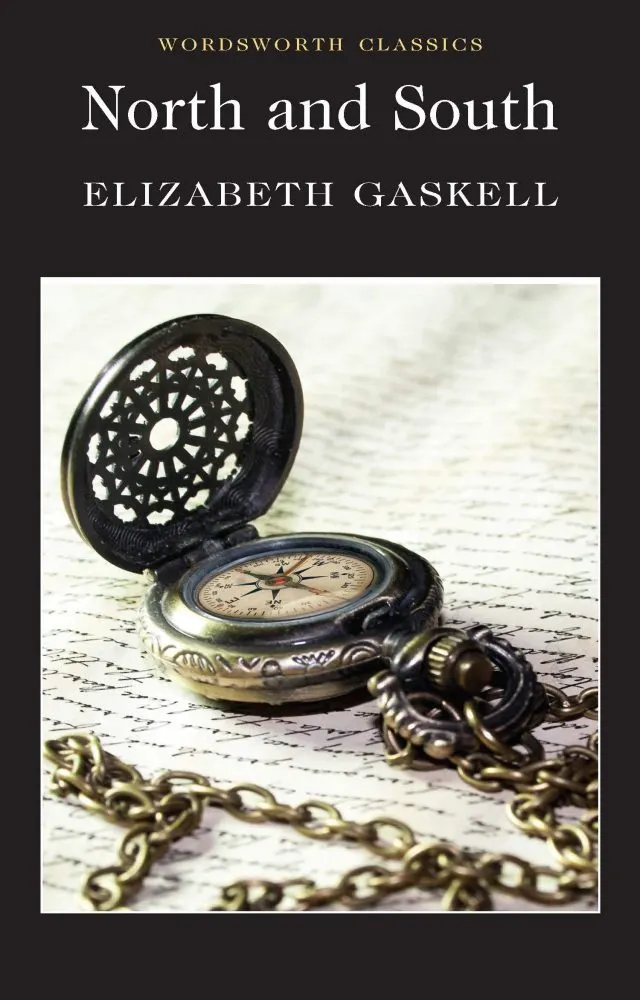

Sympathetic to the poor (whose courage and tenacity she admires and among whom she makes friends), she clashes with John Thornton: a nouveau riche cotton-mill owner who is contemptuous of his workers. She witnesses the brutal world wreaked by the Industrial Revolution, seeing employers and workers clashing in the first strikes. Forced to leave her home in the tranquil, rural south, Margaret Hale settles with her parents in Milton. The novel is set in the fictional industrial town of Milton in the north of England. Gaskell's first novel, Mary Barton (1848), focused on relations between employers and workers in Manchester from the perspective of the working poor North and South uses a protagonist from southern England to present and comment on the perspectives of mill owners and workers in an industrialising city. Initially, Gaskell wanted the novel to be titled after the heroine, Margaret Hale, but Charles Dickens, the editor of Household Words, the magazine in which the novel was serialised, insisted on North and South. The 2004 version renewed interest in the novel and attracted a wider readership. With Wives and Daughters (1865) and Cranford (1853), it is one of her best-known novels and was adapted for television three times (1966, 19). North and South is a social novel published in 1854–55 by English writer Elizabeth Gaskell.


 0 kommentar(er)
0 kommentar(er)
